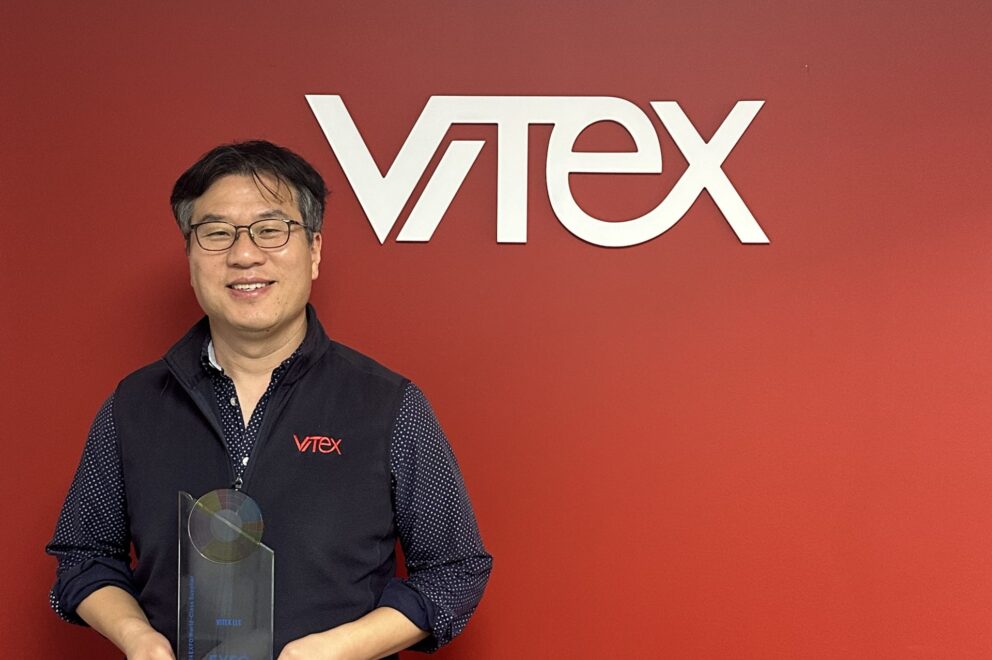Fiber optic networks enable autonomous vehicles to process data from exterior sensors and IoT to calculate and execute safe, AI-generated driving in real time
Vitex is a provider of high bandwidth and ultra-low latency network products that allow self-driving vehicles to communicate with onboard computers and the cloud. Whether it’s a specialized solution for R&D or a standard optical product in a new application, Vitex has the technical knowhow to get your project moving.
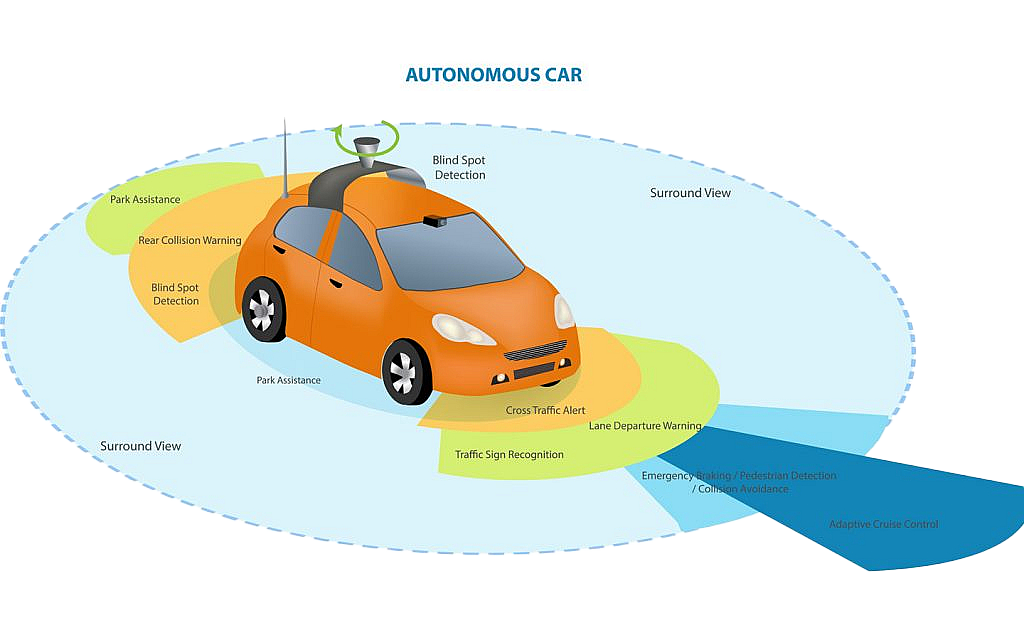
400G for maximum data transmission and speed
Fiber optic technology has emerged as a pivotal enabler in the evolution of autonomous vehicles. Its lightning-fast data transmission capabilities, coupled with immunity to EMI, empower these self-driving marvels to process vast amounts of real-time information from computers, sensors and cameras. By facilitating seamless communication between vehicle components and external networks, fiber optics are critical components in the safety, efficiency, and responsiveness of autonomous vehicles.
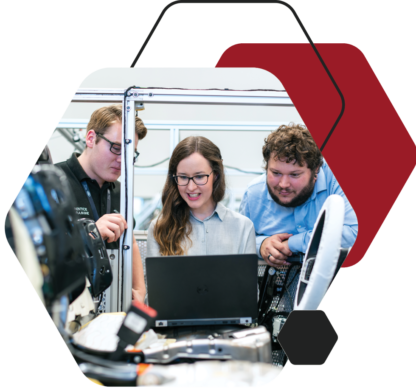
Solution Focus
Your on-call optical engineering application experts
Autonomous vehicles are made up of multiple technologies working in tandem to provide all the sensory input and connectivity needed for safe and fully-functional operation.
The resulting complex system of systems share the same communication requirements: high throughput, super low latency and reliability. Vitex offers deep-seated fiber optic expertise along with a range of superior quality, high performance optical products.
Our optical engineering team works with self-driving engineering and technology teams to provide or design optimal communication solutions and support for V2V (vehicle-to-vehicle) and V2X (vehicle-to-everything) needs including:
- Telecom/5G communication for processing surroundings, weather, traffic and road conditions
- Achieving near-zero latency
- Achieving highest-possible-speed data rates
- Capitalizing on bidirectional data flow
- Communicating with disparate third-party optical equipment
- Understanding and applying wavelength division multiplexing (WDM)
Success Story
A complex optical prototype resolves critical engineering hurdles for a LiDAR startup

A roadmap to common fiber optic products used in autonomous vehicles
Whether it’s a self-driving startup, technology supplier or leading vehicle manufacturer, Vitex works with designers, engineers and robotics specialists to deliver an optimal, reliable communication backbone. EMI-proof fiber optic products like transceivers, AOCs, cables (single-mode and multimode) and arrays transmit multi-source data to create a safe, efficient unmanned driving experience.
| System | Description | Typical Optical Products |
|---|---|---|
| LiDAR (Light Detection and Ranging) | LiDAR sensors use laser pulses to measure distances and create detailed 3D maps of the vehicle’s surroundings, enabling accurate object detection and navigation. | Single-mode fiber optic cables transmit the laser signals (long distance, minimal signal loss). Fiber optic connectors and patch cords connect components ensure reliable signal transmission |
| Optical Data Links | Optical data links utilize fiber optics to transmit data between autonomous vehicles and infrastructure, supporting V2X (vehicle-to-everything) communication for improved safety and traffic management | Single-mode or multimode optical cables transmit optical signals. SFP and QSFP transceivers (WDM) convert the vehicles electronics to and from optical signals. Fiber optic connectors and patch cords are used to establish and maintain connections within the optical data link. Common connector types include LC, SC, and MTP/MPO connectors |
| Optical Connectivity for Data Centers | Autonomous vehicles rely on data centers for processing and decision-making, with optical connections playing a role in high-speed data transfer between the vehicle and data centers. | Single-mode or multimode optical cables transmit data between vehicles and data centers. SFP and QSFP transceivers (WDM) convert the vehicles electronics to and from optical signals |
| Head-Up Displays (HUDs) | HUDs use optical technology to project critical information onto the windshield, allowing drivers to receive real-time data without taking their eyes off the road. | Single-mode or multimode optical cables transmit data between vehicles and data centers |
Tech Focus
Understanding WDM and why it’s so important for autonomous driving communication
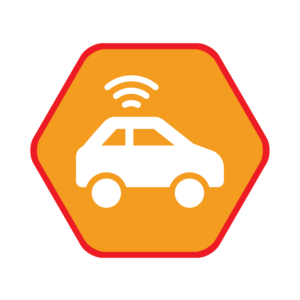
Customization options for specific needs
Fiber optic transceivers, fiber connectors, cables, AOCs and more can be customized and optimized for applications and installations. Customization options include:
- Full product development
- Product customization
- EEPROM programming
- Preconfigured lengths with connectors of your choice
- Installation-ease assemblies composed of a transceiver and a receiver with fiber cable pigtails to easily connect to an already-run cable
- White labeling and custom packaging
- Low quantities
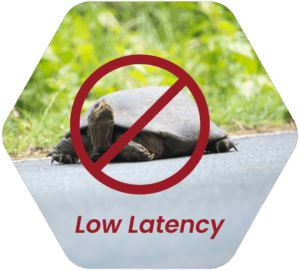
Tech Focus
Low latency: why and when it matters
We’re here to help
Conveniently located in NJ, the Vitex support staff are available by both phone or email so that we can quickly respond to your application questions, customization requests and technical specifications.
It’s not just a helpful fiber pro at your fingertips, transceiver, fiber cable, AOC, and fiber extender samples are available for thorough testing and qualification. We want you to feel comfortable and confident with every purchase!

Do you have a fiber optic challenge that needs an expert?
Learn more
By Michael Ko We started 2024 with a new company tagline, “Here to listen. Driven…
By Jose Suarez In today’s high-performance environments, reliable video transmission is mission critical, whether it’s
How Vitex Pure Fiber Detachable Video Extenders Solve EMI ChallengesContinue reading >
December 9, 2024 – Hackensack, NJ – Vitex, a leading provider of advanced fiber optic
Vitex Recognized with 2024 EXFO World Class Supplier AwardContinue reading >



